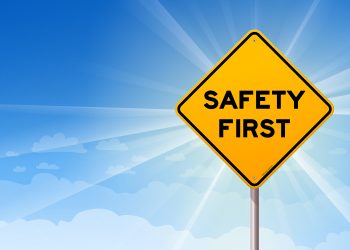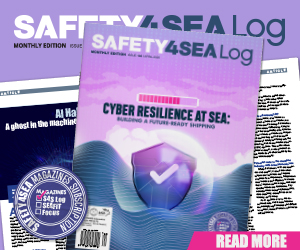Step into an enclosed space, and you could be stepping into danger. These confined environments may look harmless, but they can quickly turn lethal. Whether it’s a lack of oxygen, the presence of toxic gases and fumes, or the hidden threat of fire and explosions, the risks are real—and often invisible. Understanding these hazards is the first step to staying safe.
According to emergency protocol, never enter the area alone to rescue someone in need. Always raise the alarm first and use an SCBA (Self-Contained Breathing Apparatus) to protect yourself from hazardous atmospheres.
Key requirements for the entry team
- At least one (1) standby person outside the space
- Rescue equipment ready (tripod, breathing apparatus)
- List of enclosed spaces to be included in SMS
6 Key items for the pre-entry checklist
#1 Risk Assessment
- Identify hazards
- Define safety measures
#2 Permit to Work (PTW)
- Issued and signed by authorized officer
- Clearly states work to be done
#3 Atmosphere Testing
- 23.5% Oxygen enriched, extreme fire hazard
- 20.9% Oxygen concentration in normal air
- 19.5% Minimum permissible oxygen level
#4 Ventilation
- Force ventilation before and during entry
- Keep fans running
#5 Communication
- Maintain contact with standby person outside the space
- Use radios or intercom if available
#6 Personal Protective Equipment (PPE)
- Safety harness and lifeline
- Gas detector
- Helmet, gloves, overalls, boots


































































